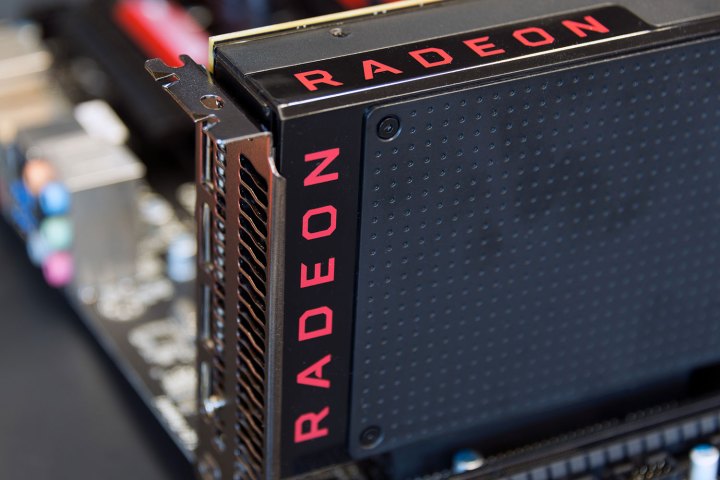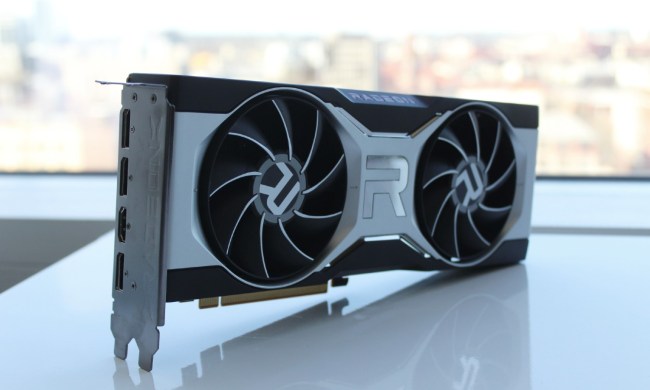
Papermaster told the press that Vega will have “significant” performance and power efficiency improvements over the current-generation Polaris GPU architecture. Cards based on AMD’s Polaris offering made their debut earlier this year as the $200 Radeon RX 480, the $180 Radeon RX 470, and the $100 Radeon RX 460 that target “mainstream” customers wanting a visual upgrade for a low cost.
AMD’s Vega GPU will be based on 14nm FinFET process technology, a method of cramming millions of components into a small chip using fin-shaped, “3D” transistors. It will be offered in two variants: Vega 10 for the enthusiast market and Vega 11 for everyone else. Vega 10 will supposedly consist of 4,096 shader processors, will pack 10 TFLOPS of performance, and will be backed by 16GB of “stacked” second-generation High-Bandwidth Memory (HBM2) on-board memory.
The launch of AMD’s high-end Polaris graphics cards in the first half of 2017 is seemingly aligned with the company’s upcoming launch of its “Summit Ridge” processors based on its “Zen” core technology in 2017. The first product will be an eight-core model targeting the “enthusiast” PC segment that will fit on the company’s new AM4 platform. This platform will support DDR4 system memory, PC Express 3.0 connectivity, and more.
AMD seemingly took Nvidia by surprise by releasing its RX 400-Series cards earlier this summer, addressing a mainstream market wanting a cheap way to jump onto the VR bandwagon. By comparison, Nvidia’s latest GTX 10-Series of GPUs ranges from $250 to $600 while the company’s updated Titan X graphics card sells for a meaty $1,200.
These factors are likely what sent AMD’s discrete GPU market share climbing from 26.9 percent to 34.2 percent in the second quarter of 2016 compared to last year. Nvidia dropped from 73.1 percent to 65.8 percent in the same quarter. Dean McCarron, principal analyst at Mercury Research, told the IDG News Service that Nvidia’s market share decline was due to it “de-emphasizing” the sale of graphics chips in large volumes through mainstream OEMs.
There’s definitely a lot of excitement surrounding AMD’s upcoming Vega and Zen releases scheduled for next year. However, in the case of Vega, will the company be too late given that Nvidia’s “Volta” GPU architecture could arrive in the second half of 2017? We’ll just have to wait and see how the battle between Team Red and Team Green unfolds.



